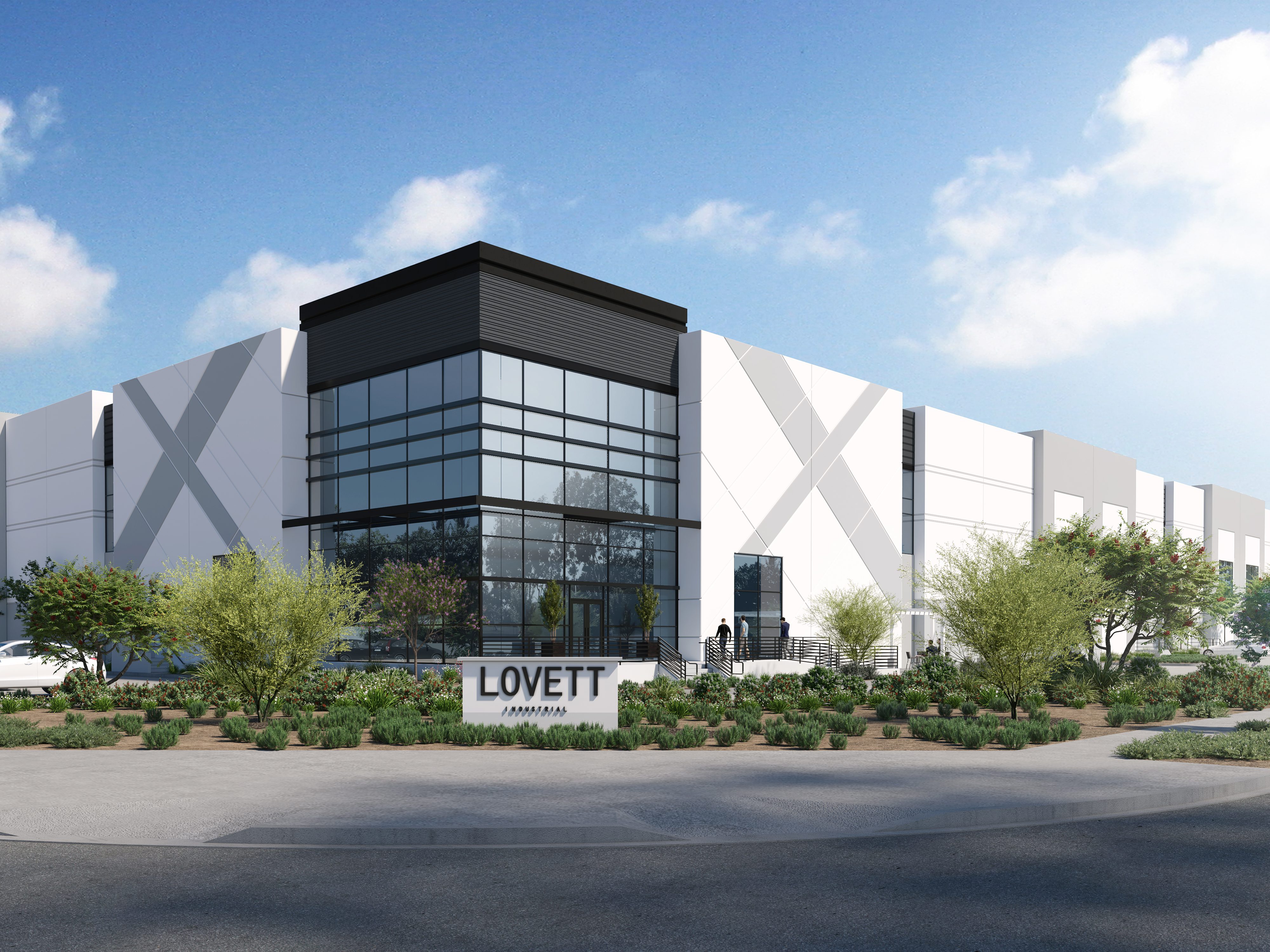How Reshoring Is Driving Industrial Real Estate Demand
The nation’s manufacturing base could expand by more than 10 percent over the next decade, a new report from NAIOP and Newmark estimates.
The ongoing reshoring of U.S. manufacturing jobs will continue to drive industrial real estate development, according to a new report from the NAIOP Research Foundation, in partnership with Newmark.

Written by Newmark’s Lisa DeNight, managing director, National Industrial Research, and Liz Berthelette, CRE, head of Northeast Research & National Life Science Research, Forging the Future: Manufacturing Growth and Its Effects On North American Industrial Markets predicts that as it builds momentum, reshoring could increase the size of the U.S. manufacturing base by 6 to 13 percent over 10 years.
The U.S. has less than 5 billion existing square feet of statistically tracked manufacturing inventory, DeNight commented in a prepared statement. Market expansion could equate to upward of 10 percent of that entire stock—500 million square feet—in the next decade alone, she said, adding that this unprecedented surge in project announcements in recent years underscores the profound impact of global risk considerations and domestic manufacturing incentives on the industrial market.
READ ALSO: Industrial Sector Set for 2024 Transformation
Berthelette stated that the confluence of the CHIPS Act, Inflation Reduction Act and Infrastructure Investment and Jobs Act represents an amount of federal spending aimed at catalyzing industrial development that has few parallels in modern U.S. history, and it would be appropriate to consider this a watershed moment for the sector.
Interwoven with these federal initiatives, which total well north of $400 billion, are deep changes in global manufacturing patterns, the report states. Supply chain disruption from COVID is a big factor, of course, as are tension between the U.S. and China and the federal government’s attention to specific industries, including semiconductors, biomanufacturing, electrification and green energy.
The scale of this trend is undeniable. The new report references a September study from Newmark, which documented announcements of more than 300 major manufacturing facilities across the country since 2020. These represent about $400 billion in anticipated project investment and at minimum 210,000 proposed new jobs.
Deep and wide
And just as some industrial sectors will benefit more than others, so are some U.S. regions seeing more industrial real estate demand and growth. Although new manufacturing facilities have been announced for every U.S. state, the report found that investment has been concentrated in the Midwest and Southeast, and that most new construction is expected to be in secondary or tertiary market locations that can offer adequate supplies of affordable energy and skilled labor.
Another trend that NAIOP and Newmark see is that while most new manufacturing construction will be build-to-suit or owner-built, demand for speculative manufacturing space will also exist, as will demand for logistics real estate and other types of commercial space in the communities around new plants.
Finally, some of the trends that are driving onshoring in the U.S. are also encouraging nearshoring of manufacturing to Mexico and Canada, mostly to the former. “This investment is generating demand for logistics and complementary manufacturing facilities along the U.S. border with Mexico, pushing down vacancy rates and spurring new construction near key border crossings such as Laredo, Texas,” the report notes.







You must be logged in to post a comment.